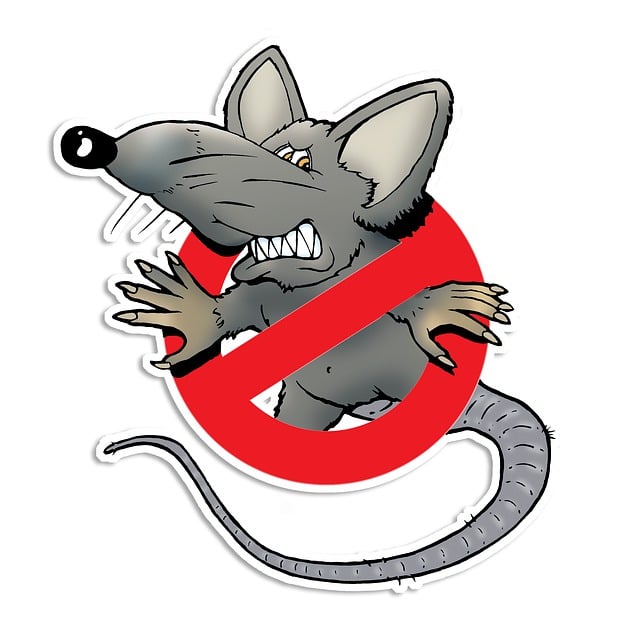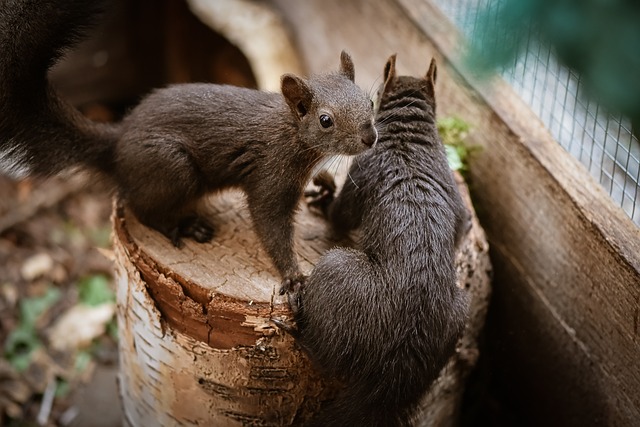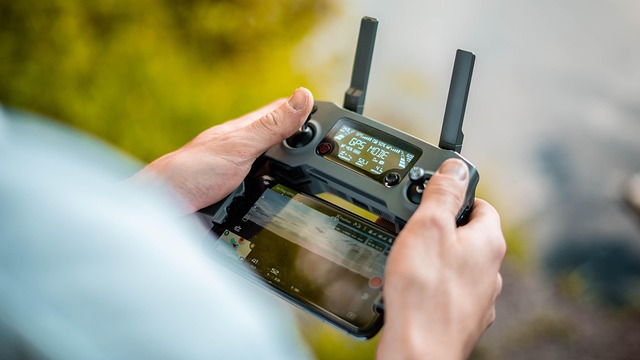Understanding rodent behavior is crucial for effective rodent control. Mice and rats are attracted to food, warm environments, and hiding places. Regular inspections, sealing entry points, and using natural repellents deter them. Professional rodent control experts employ advanced tools like high-tech traps and monitoring systems for precise eradication via integrated pest management (IPM) strategies. Long-term control includes exclusion through repairs, good sanitation, addressing leaks, and using mint, cinnamon, or catnip around entry points. Prompt action is vital to prevent property damage and ensure health and safety.
Professional rodent control is a critical aspect of maintaining healthy living and working spaces. This comprehensive guide explores various facets, from understanding rodent behavior and identifying common species to non-toxic deterrents, professional tools, and long-term prevention strategies. We delve into signs of infestation, the importance of timely action, and when to engage expert services for effective and safe rodent control solutions.
Understanding Rodent Behavior and Entry Points

Understanding rodent behavior is a crucial aspect of effective rodent control. Rodents, such as mice and rats, are highly adaptable and can enter buildings through various points, often going unnoticed until an infestation occurs. They are attracted to food sources, warm environments, and hiding places, making homes and businesses potential havens. By understanding their habits, you can proactively identify common entry points like gaps in walls, broken pipes, unscreened vents, or open doors/windows.
Regular inspections and maintaining a clean environment can deter rodents. Sealing off entry points with materials like steel wool or caulk prevents their re-entry after initial treatments. Knowing rodent behavior allows for targeted and efficient control methods, ensuring long-term protection.
Common Rodent Species: Identifications and Habits

Rodents are a widespread and diverse group, with many species capable of invading homes and businesses. Identifying these intruders is the first step in effective rodent control. Common rodents include rats (especially the Norway rat and roof rat) and mice (house mice and deer mice). These pests have distinct physical characteristics: rats tend to be larger, with brown or grey fur, while mice are smaller, often lighter in color.
Each species exhibits unique behaviors. Rats are known for their excellent swimming abilities and tendency to nest above ground, often in attics or walls. Mice, on the other hand, prefer more secluded spaces like walls, floors, and even furniture. Both types are highly adaptive and can breed rapidly, making early identification crucial for effective rodent control measures.
Non-Toxic Deterrent Methods and Their Effectiveness

Non-toxic deterrent methods have gained popularity in the realm of rodent control, offering environmentally friendly alternatives to traditional chemicals. These approaches focus on repelling rodents through scent, sound, and visual cues rather than harming them directly. One effective technique involves using natural repellents like peppermint oil, which has a strong odor that many rodents find unpleasant. This method can be particularly useful in food storage areas and kitchens, as it discourages mice and rats from entering without resorting to harmful chemicals.
Another non-toxic approach leverages sound and light to deter rodents. Ultrasonic devices emit high-frequency sounds that humans cannot hear but are bothersome to small mammals, encouraging them to flee the area. Similarly, motion-activated lights can startle rodents, making them less inclined to remain in treated areas. While these methods may not eliminate rodent populations alone, they significantly reduce their presence and activity, providing an essential component of comprehensive rodent control strategies.
Professional Tools and Techniques for Eradication

Professionals in rodent control employ a range of advanced tools and techniques to ensure effective eradication. This includes specialized equipment such as high-tech traps, which can be tailored to specific species and environments, minimizing damage and maximizing efficiency. Additionally, they utilize sophisticated monitoring systems that detect even the most subtle signs of rodent activity, enabling precise targeting and early intervention.
These experts also harness the power of integrated pest management (IPM) strategies, combining chemical and non-chemical methods for a holistic approach. This might involve applying targeted pesticides in hard-to-reach areas or employing natural repellents and habitat modification techniques to deter rodents from entering homes or buildings. By combining cutting-edge technology with sustainable practices, professional rodent control offers effective, safe, and environmentally friendly solutions.
Long-Term Prevention Strategies for Homes and Businesses

Implementing long-term rodent control strategies is essential for both homes and businesses to maintain a pest-free environment. One effective approach is to focus on exclusion, ensuring all entry points are sealed off. This involves regular inspections and repairs of walls, floors, and ceilings to prevent any gaps or holes that rodents could exploit. Additionally, maintaining good sanitation practices by keeping areas clean and clutter-free reduces attraction for these pests.
Regular maintenance of drainage systems and promptly addressing leaks can also deter rodents, as they are drawn to water sources. Using natural repellents like mint, cinnamon, or catnip around entry points can further act as a deterrent without causing harm. These strategies, combined with professional interventions when needed, create a robust defense mechanism against rodent invasion, ensuring long-lasting peace of mind for residents and business owners alike.
When to Call in Expert Rodent Control Services

If you’re dealing with a rodent infestation, knowing when to call in professional rodent control services is crucial. While DIY methods and home remedies can provide temporary relief, persistent or severe infestations often require expert intervention. Look out for signs like unexplained holes in your walls, floors, or ceilings, as these could be entry points for rodents. Additionally, the presence of rodent droppings, gnawed food packaging, or distinctive odors should trigger a call to action.
Professional rodent control specialists are equipped with advanced tools and knowledge to identify and eliminate rodent infestations effectively. They can locate hidden entry points, set up targeted traps, and implement preventive measures tailored to your property’s unique needs. Timely professional assistance is key to minimizing damage, preventing health risks associated with rodents, and ensuring a safe living environment for you and your family.
